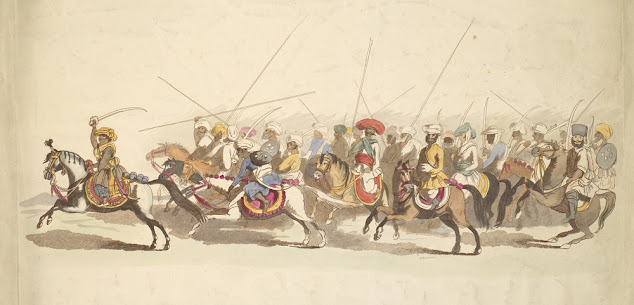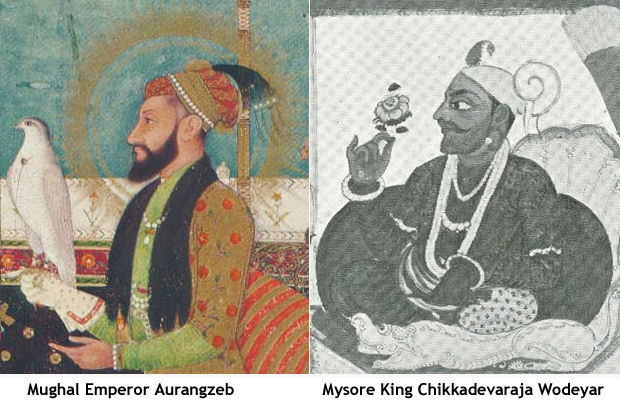A memorial at Mumbai's St. Thomas Cathedral recollecting Tipu Sultan's interaction with a British veteran of American War of Independence
 |
| A memorial at Mumbai's St. Thomas Cathedral recollecting Tipu Sultan's interaction with a British veteran of American War of Independence. Image source: Wikimedia Commons |
The Siege of Mangaluru (Mangalore) was the last military tussle between Mysore and British in the Second Anglo Mysore War, that ended in the humiliation of British. In May 1783, Col. John Campbell, a veteran of the American War of Independence, was holding onto the Mangaluru fort captured earlier from Mysore. After taking back Nagara (Haidarnagar) and other important forts from the British, Tipu Sultan, the Mysore ruler, marched to Mangalore and took back the town. He commenced a siege of the fort on May 23rd.
After a couple of months, as the French and English agreed in Paris to stop fighting giving Americans freedom, the siege was converted into a blockade on August 2nd. Impressed by the bravery of Campbell, Tipu invited Campbell to meet him, to which the later agreed. On 13th Mons. Piveron de Morlay, the French envoy to the embassy of Tipu escorted Col. Campbell and many of his officers from the fort to Tipu's durbar outside. Tipu received them with courtesy and presented each of them with a shawl. A short time after the soldiers went back into the fort, Tipu sent into the fort as a gift to Col. Campbell 'a very fine horse, accompanied by a very polite message'.
As Mysore and the British were still at war, the Mysorean blockade of the fort continued. Campbell's men were forced to eat frogs and crows flying overhead were shot and sold for a premium. Even the horse gifted by Tipu was cut and eaten up. With the garrison in a famished state East India Company, on Jan. 23rd, 1784 finally agreed to end the war and signed peace treaty. An exhausted Campbell quit the army and reached Mumbai (Bombay) on March 13th and died ten days later. In his memory the British erected a monument inside Mumbai's St. Thomas Cathedral (after which Churchgate is named).
Sources:
1) Memoir of the life and character of the late Lt. Col. John Campbell, Edinburgh, 1836.
2) Munro, Innes., 'A narrative of the military operations on the Coromandel Coast, against the combined force of the French, Dutch, and Hyder Ally Cawn, from the year 1780 to the peace in 1784; in a series of letters.', London, 1789.
Image: Wikimedia Commons





Comments
Post a Comment
Thank you for visiting this blog and sharing your thoughts.